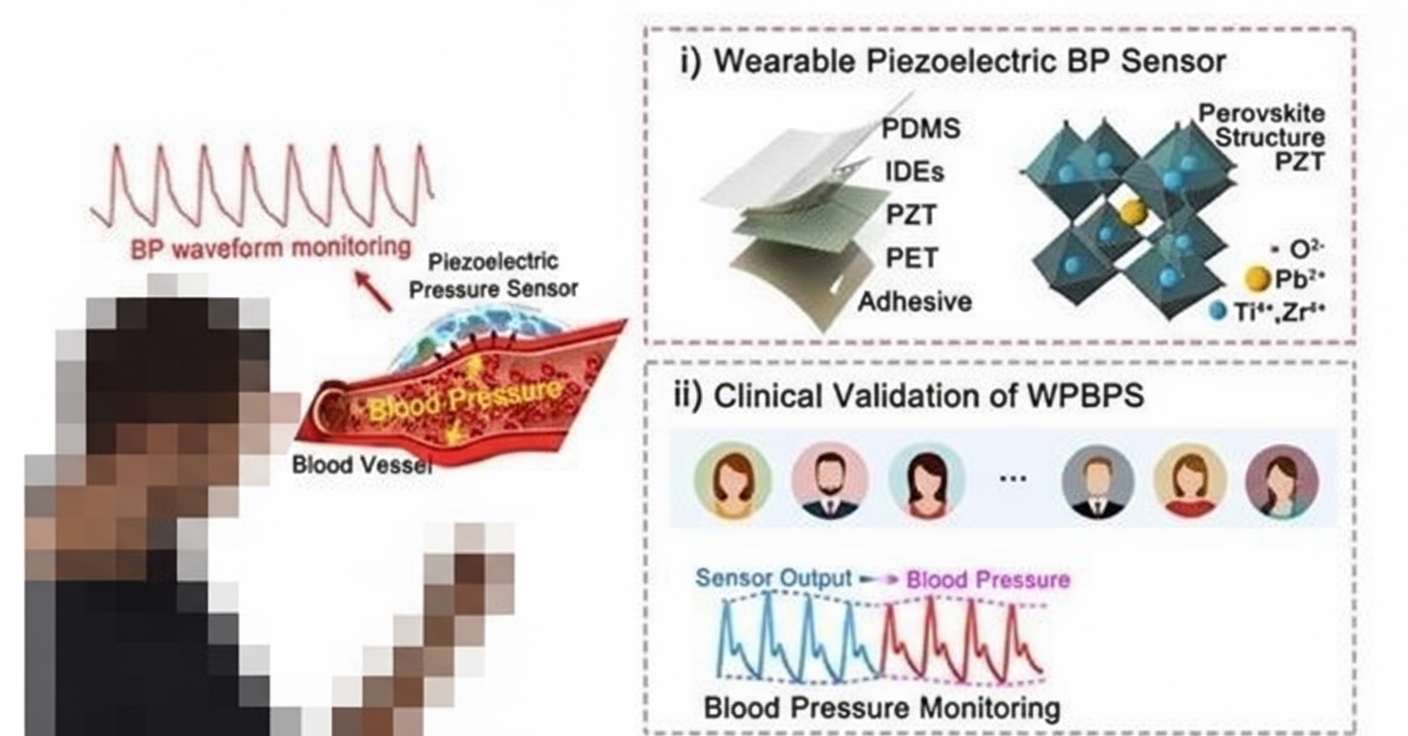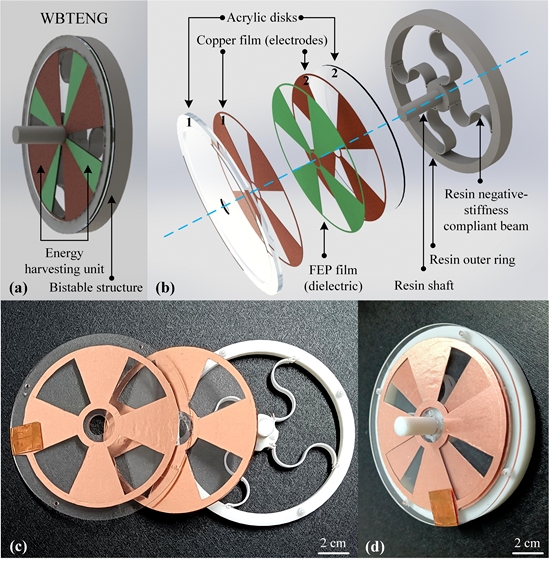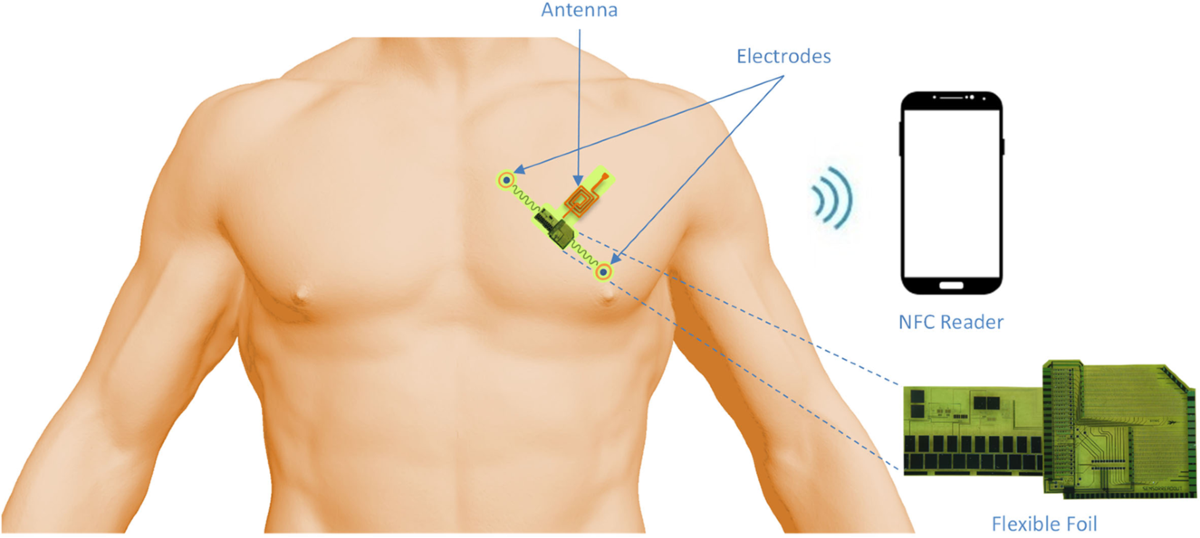Recent advancements in solid-state lithium micro-batteries are transforming power solutions for wearable devices. This article explores their technology, advantages, and impact on the wearable market.
Wearable Device Battery Technology
Solid-state lithium micro-batteries are advancing rapidly, particularly for wearables, hearables, and small IoT devices. Unlike traditional lithium-ion batteries with liquid or gel electrolytes, solid-state batteries use a solid electrolyte, enhancing safety and energy density. Compared to conventional lithium-ion batteries, they offer longer lifespan, shorter charging times, and better heat resistance, making them ideal for compact, high-performance applications.
While solid-state micro-batteries show immense potential, their commercial adoption is still developing due to manufacturing and cost challenges. Once these hurdles are overcome, their small size, durability, and energy performance could power the next generation of wearable devices.
Major companies are actively exploring this technology. For instance, Samsung is investigating solid-state batteries for its Galaxy wearable series, including the Galaxy Watch and Galaxy Ring. Other firms, such as TDK, have made significant strides in solid-state battery solutions for wearables, potentially extending battery life up to 100 times compared to existing technologies.
Key Advantages of Solid-State Micro-Batteries
Compared to traditional lithium iron phosphate (LFP) batteries, solid-state micro-batteries offer several benefits:
- Higher energy storage in a smaller volume, enabling compact, powerful batteries for daily wear or home-connected devices.
- Faster charging speeds, reducing downtime.
- Enhanced safety through solid electrolytes, minimizing risks of leakage, overheating, and thermal runaway.
- Reduced degradation over time, extending battery lifespan.
- Thinner, more flexible designs, fostering innovation in wearables and flexible electronics.
New Component Solutions
When paired with suitable components, solid-state micro-batteries can significantly enhance the future of wearables and small sensing devices. Two notable components include:
Vishay VEMD8082 Silicon PIN Photodiode
The Vishay VEMD8082 is a high-performance photodiode designed for health monitoring in wearables. Its sensitivity to visible and near-infrared light makes it ideal for precise biometric applications, such as heart rate and SpO? monitoring. Its slim profile allows integration into tight spaces, while low dark current minimizes noise in no-light conditions. The photodiode¡¯s fast response time supports real-time monitoring, and its low power consumption extends battery life for continuous tasks.
TDK InvenSense EV_ICM-45605 Evaluation Board
The TDK InvenSense EV_ICM-45605 is a development platform for the ICM-45605, a high-performance six-axis MEMS motion tracking sensor with a three-axis accelerometer and gyroscope. Built around Microchip Technology¡¯s SAMG55 MCU, it enables rapid evaluation and development for sensor-based applications, including hearables, wearables, and virtual or augmented reality glasses.
Conclusion
Although solid-state micro-batteries are in early development, their performance and safety advantages make them well-suited for modern compact devices, particularly next-generation wearables. As manufacturing challenges are addressed, these batteries are poised to drive innovation in the wearable technology market.
 ALLPCB
ALLPCB







